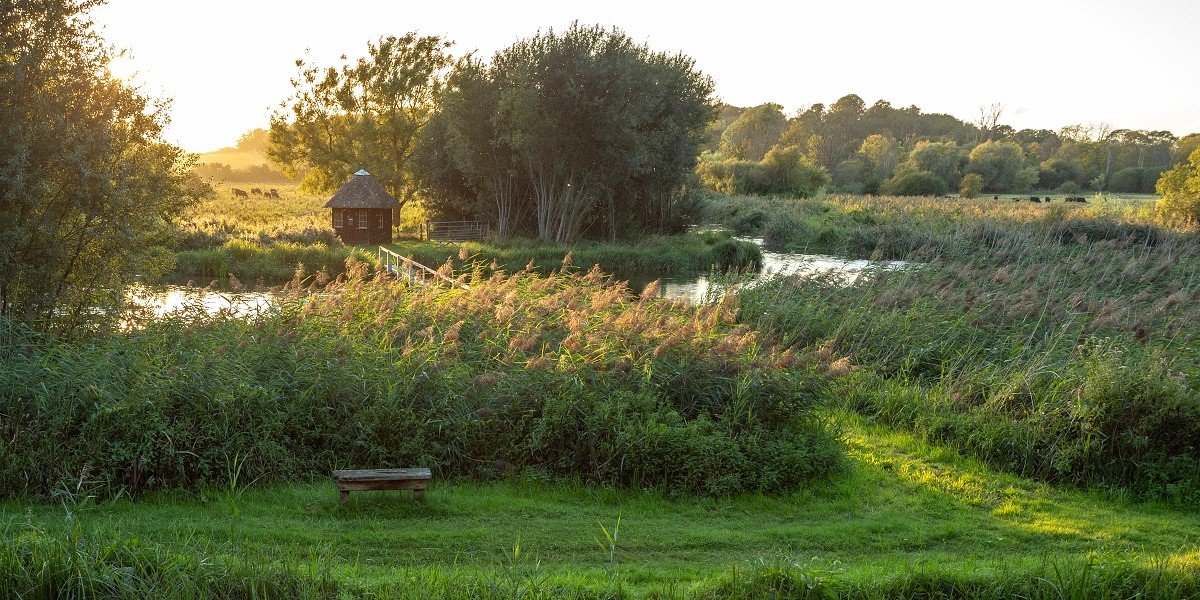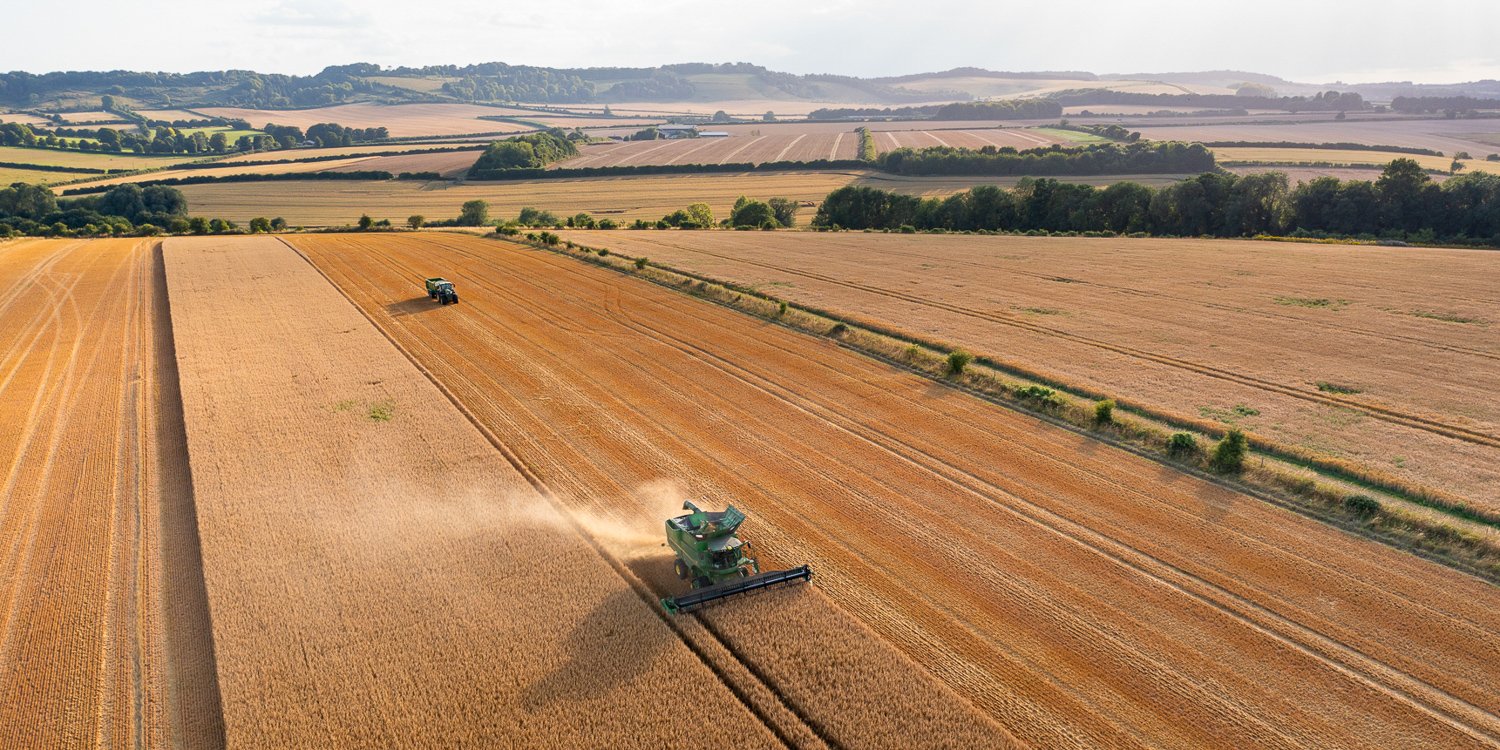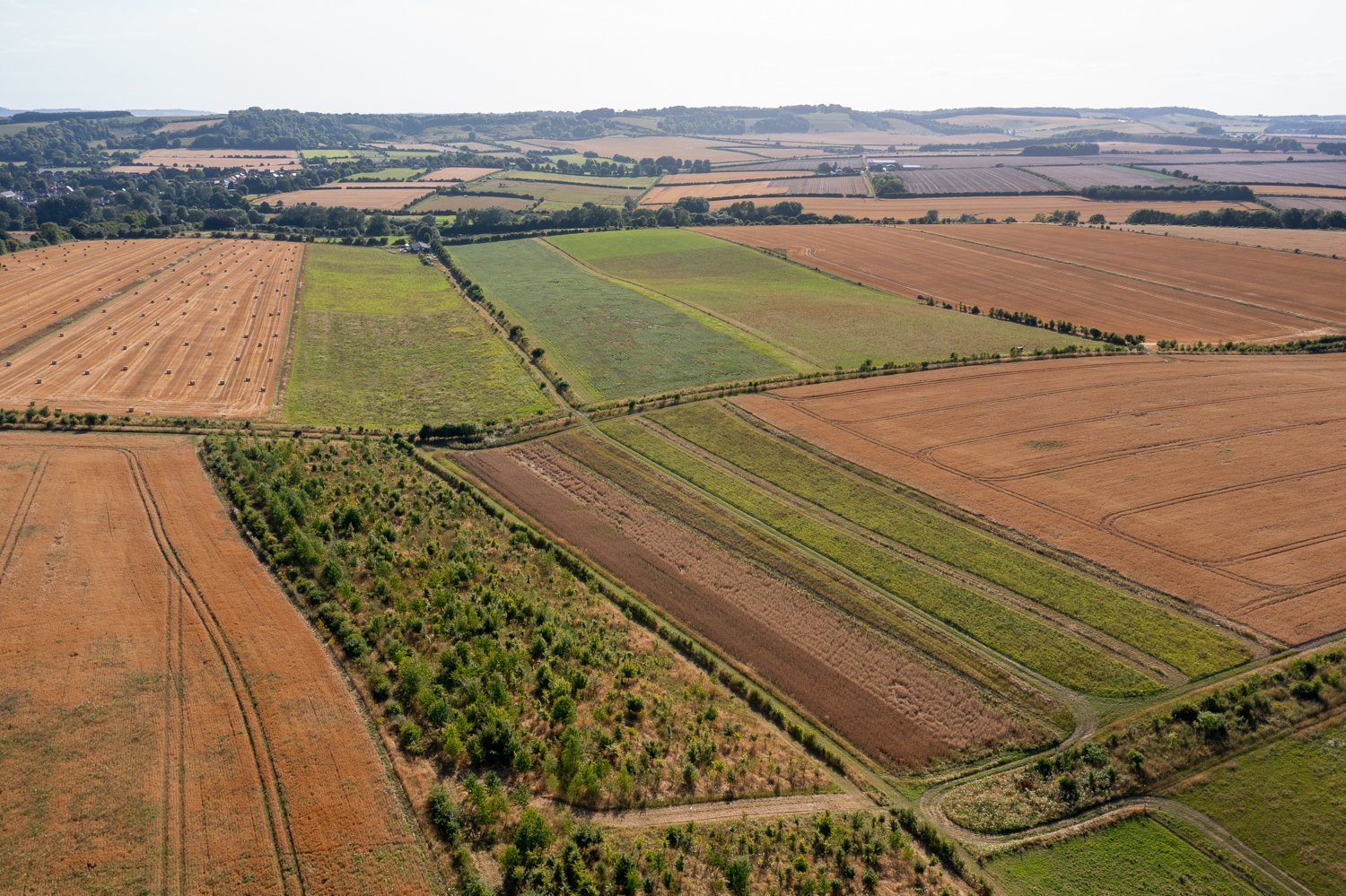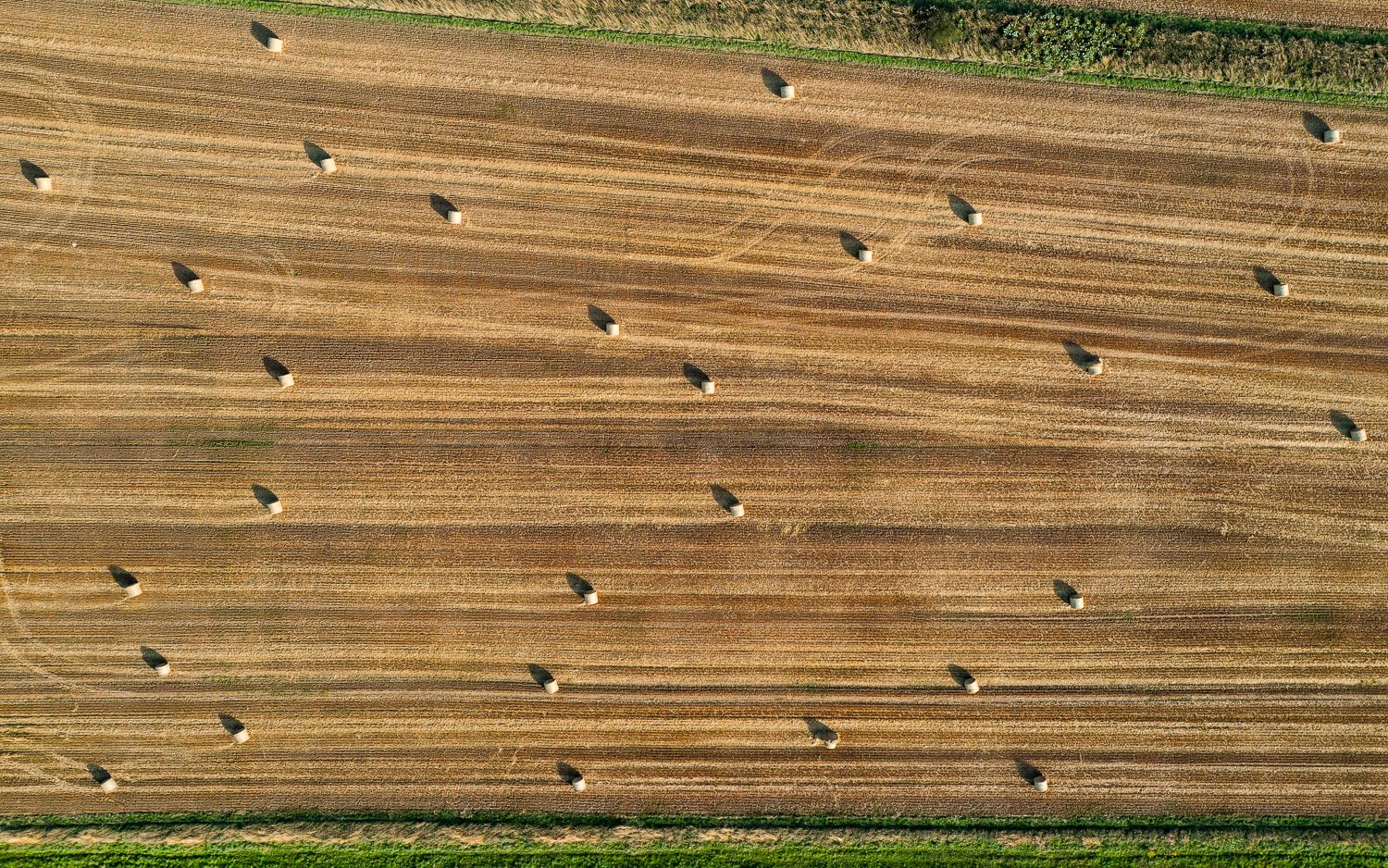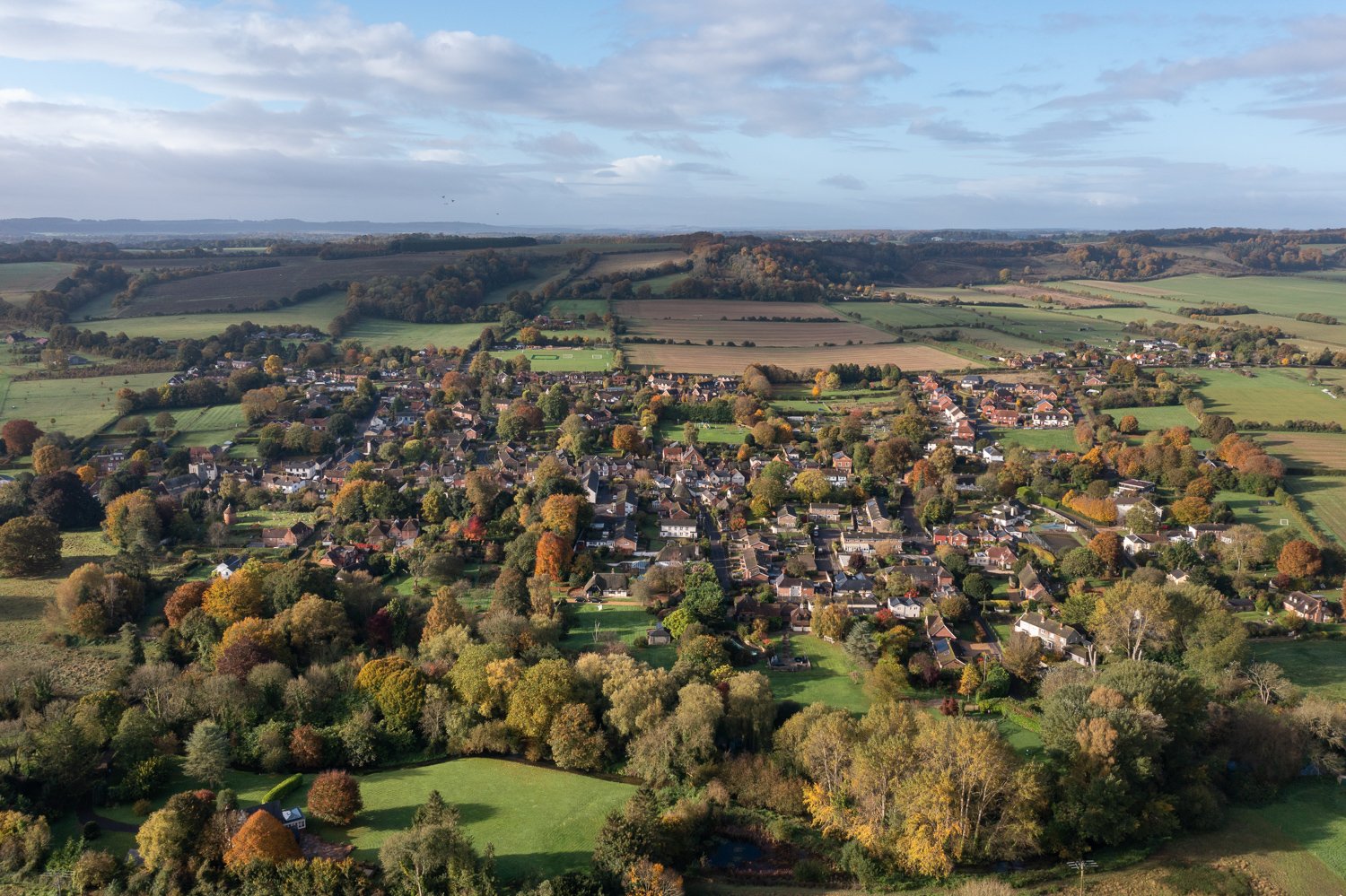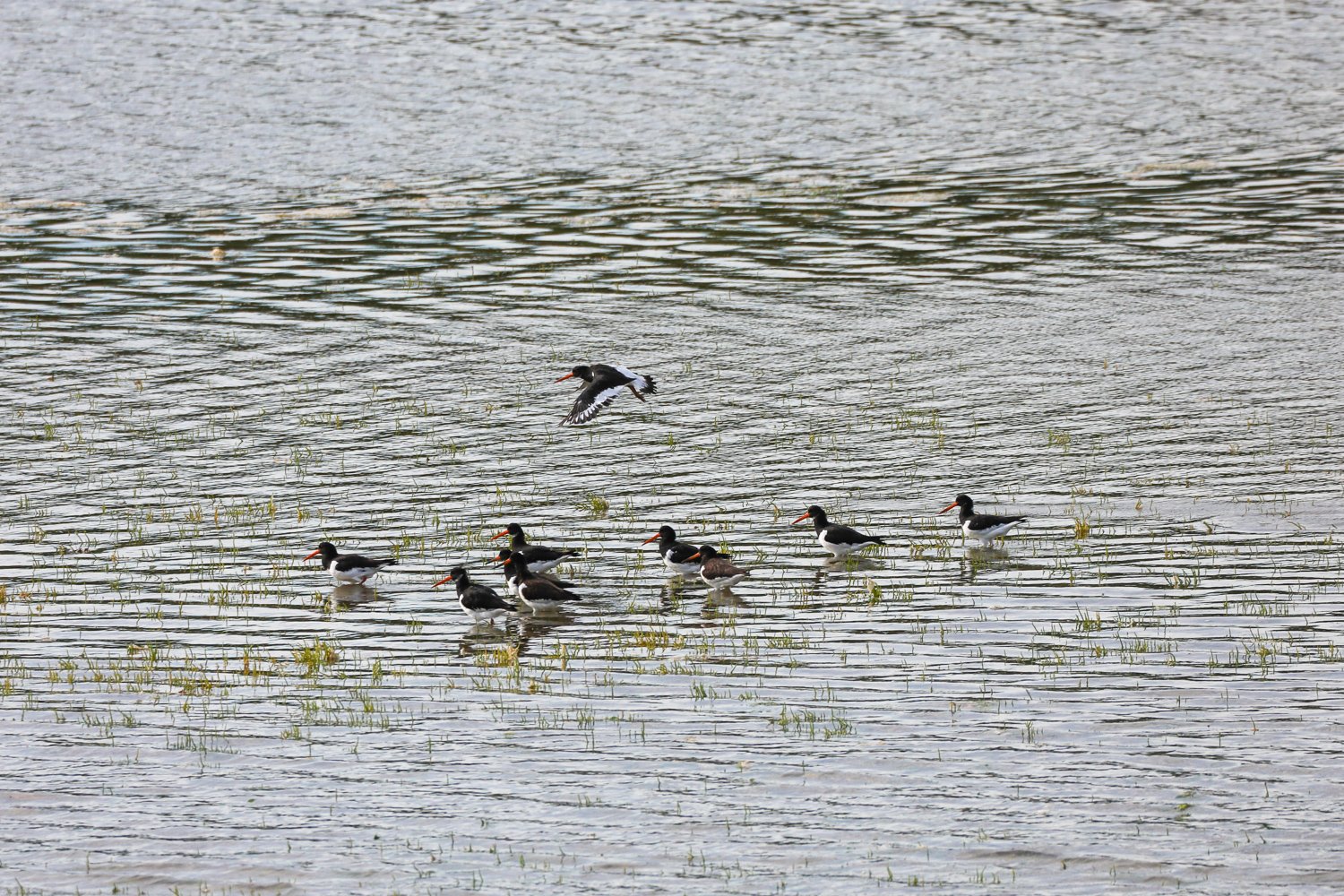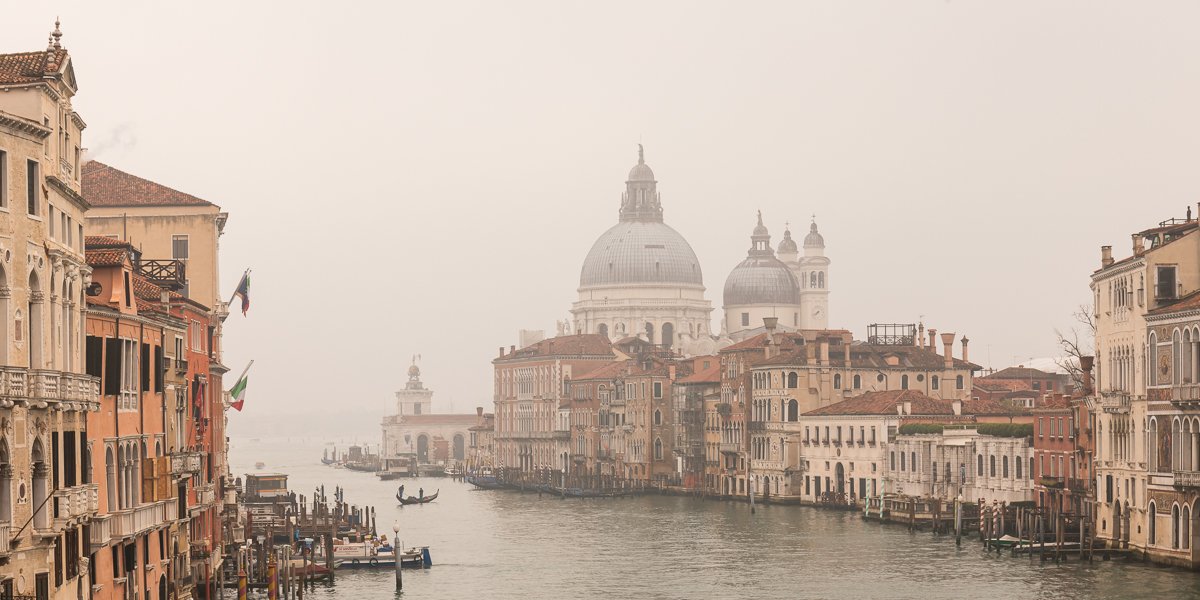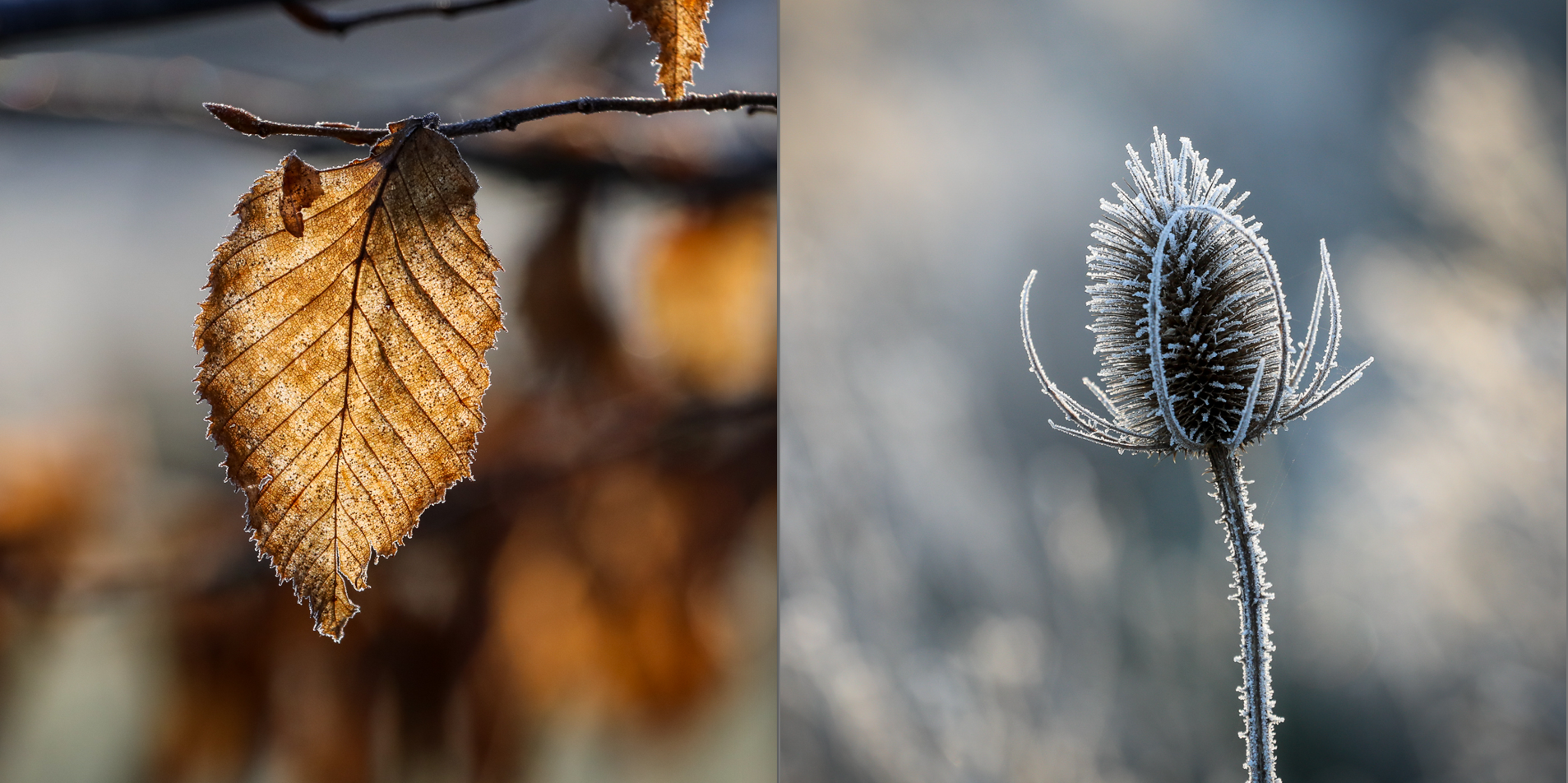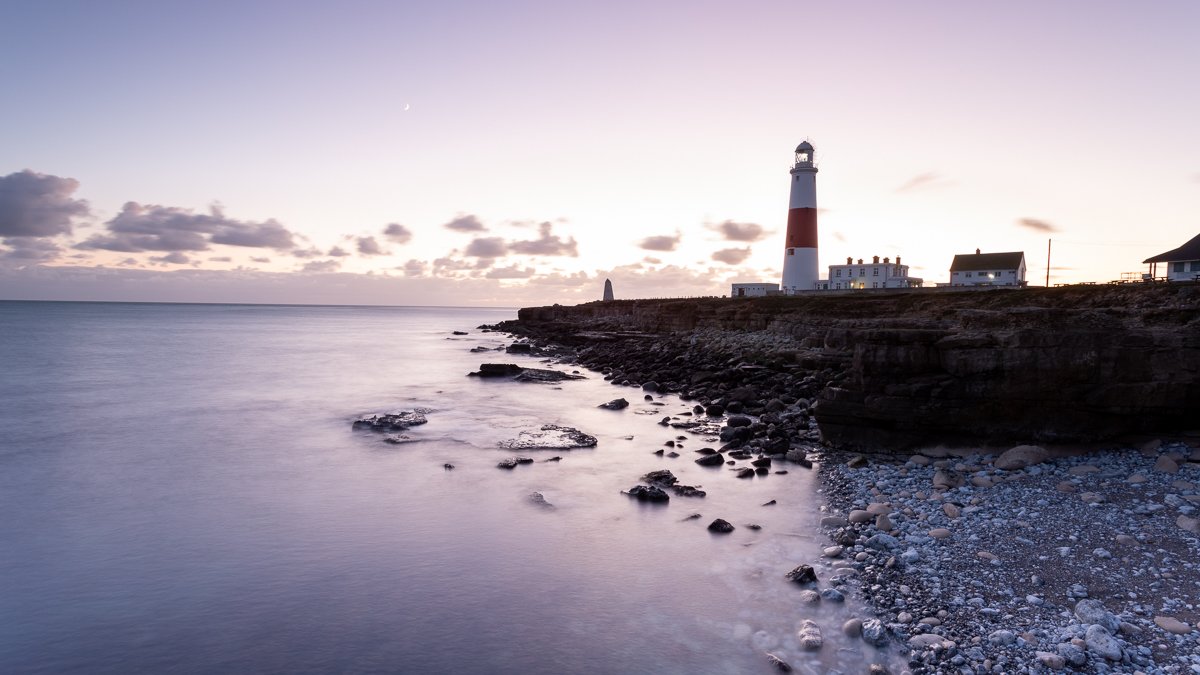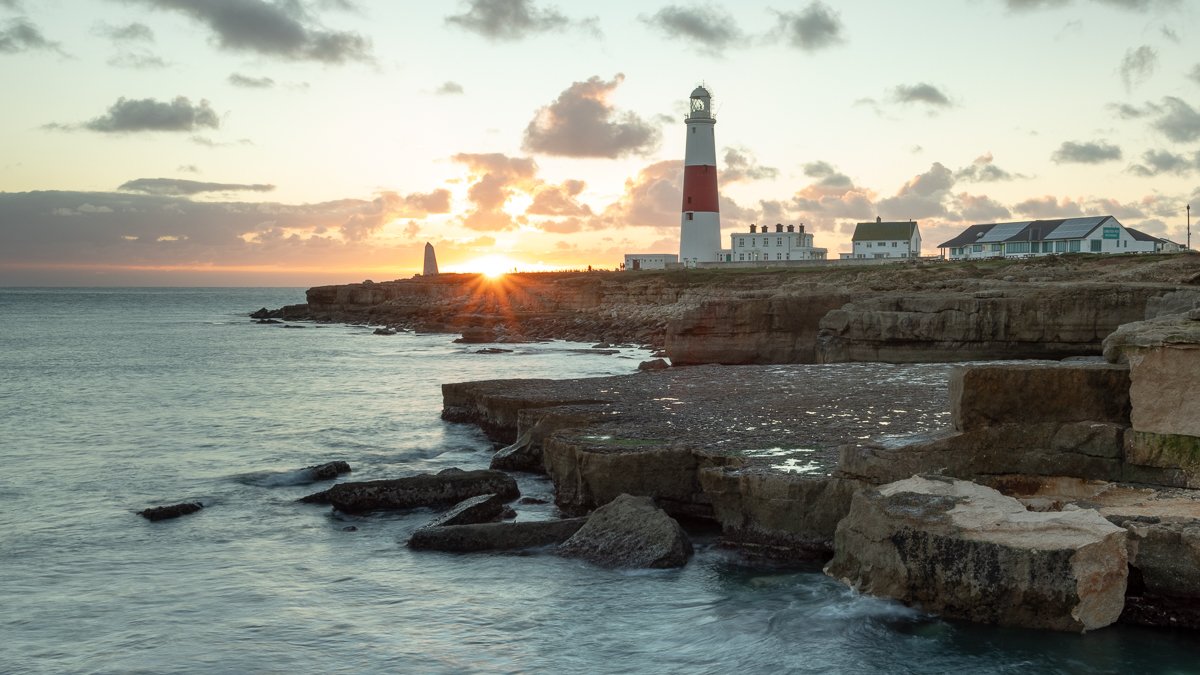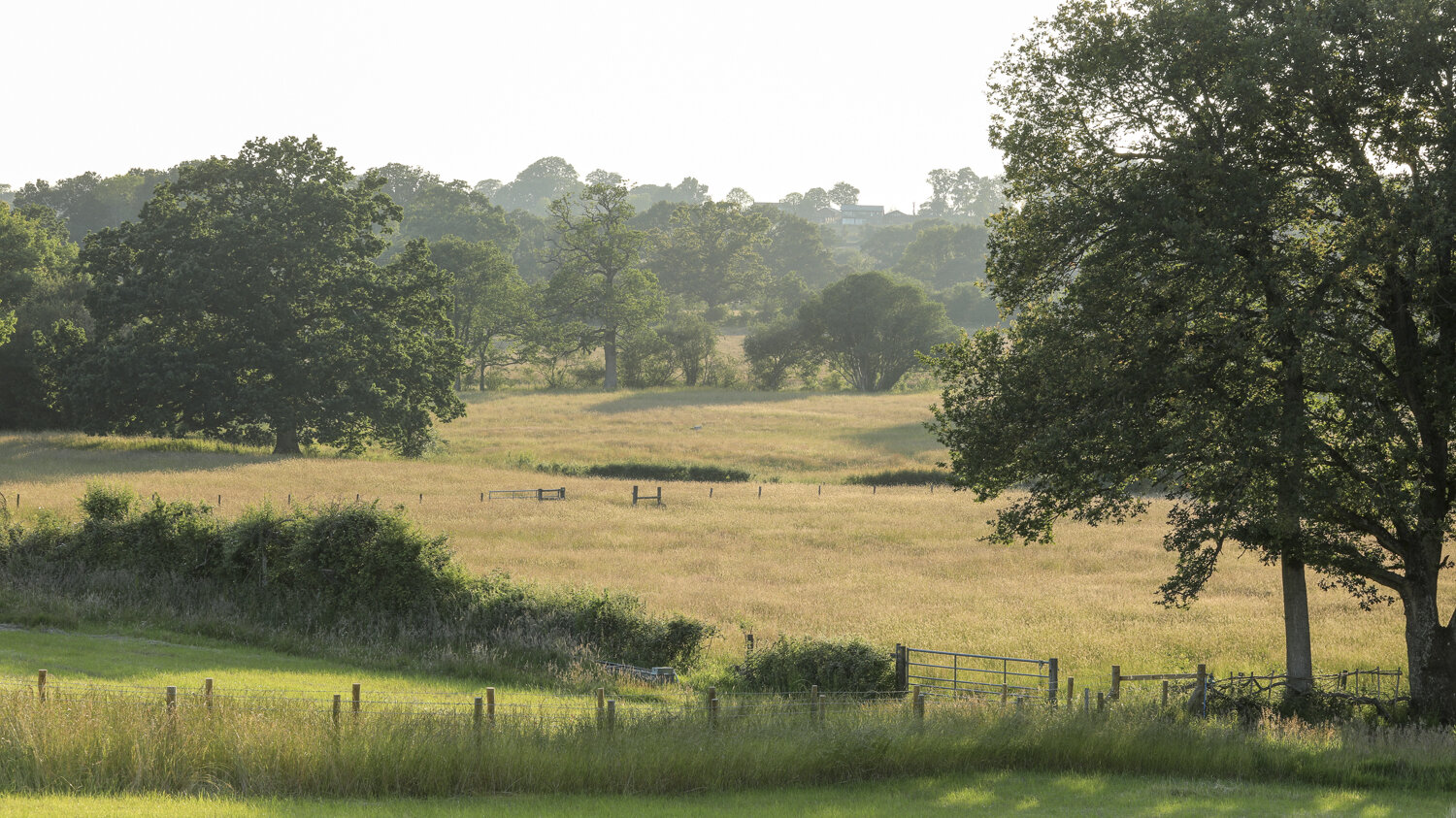Once again the summer months intervened in my blog writing. However I have so many more trips to show that I will make a concerted effort this Autumn and Winter to catch up, editing and processing images from Wales, Yorkshire, Dorset, Devon, Scotland, London, Kent and of course locally in Hampshire. As I process the shoots I will be releasing a selection of new images to my portfolio for purchase. I will start though with the images of the River Test I released this summer for Open Studios and TroutnAbout, both of which were successful events for me.
Early morning in summer - the fishing hut on the Bunny on the Leckford Estate’s Test - long exposure variation to shot above
I have long offered a range of images of the River Test in Broughton Crafts so it made sense to process some new ones and concentrate on these for the local events. The Test is a beautiful river but it is not an easy river to fully enjoy just on a walk. The (admittedly world-renowned) fishing means the banks and beats which are invariable privately owned are largely inaccessible. Therefore, except when commissioned, I take most of my photographs from public areas which will be recognisable for people buying the images. Add to this restriction the fact that banks are normally fairly overgrown somewhat limits photographic potential.
The Test at the Mayfly - shot from a perilous position on the busy bridge!
The River Test between Bossington and Houghton in Hampshire
However, perseverance pays off; constantly looking at areas that may be photogenic and making the most of the bridges over the river – though this can mean repeating views. The hut and eel traps on the Bunny between Longstock and Leckford, on the Leckford Estate is a fine example of this. I have shot it many times over the years, in many different lights and seasons, with different viewpoints resulting in a wide choice of images for this location in my portfolio - as with the first images above and the shot below which was one of several I took one evening this summer that are available - like all the images here - as prints.
Summer evening on the Bunny
And a lovely late summer evening shot to finish off - taken slightly down river from the Mayfly with a late hatch of fly swarming the waters.
Late summer evening near the Mayfly





